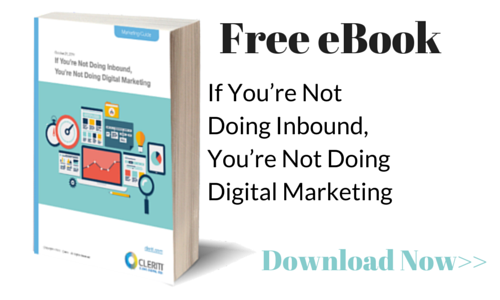- Nov 20, 2015
- By Gina Yeagley
- In Marketing Strategy and Planning
4 Steps to Better Prospecting with HubSpot
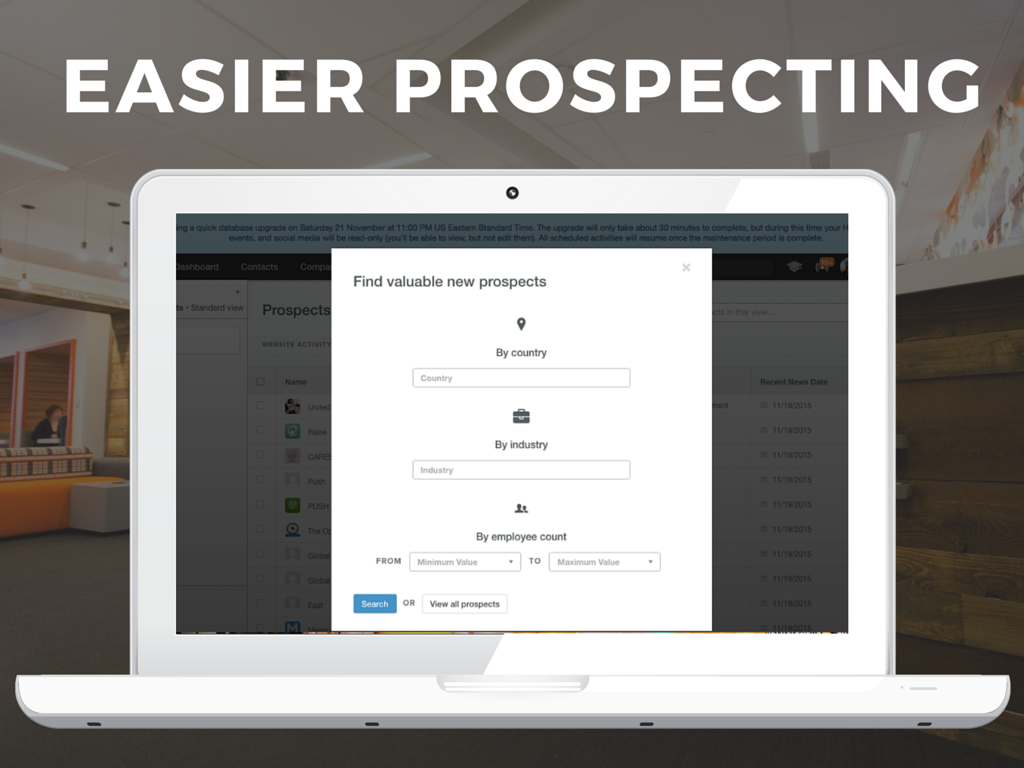
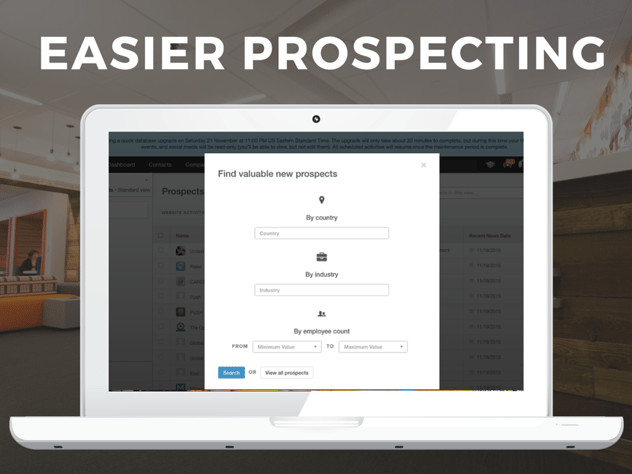
Are you looking to fill your pipeline with more qualified business opportunities? Believe it or not, it all starts with prospecting, your lead generation strategy and the practices your business deploys to acquire, retain and refer new customers. The key to prospecting is not finding more companies to call and pitch and playing a numbers game. In today’s age of the customer, prospecting is about making your solution meet the real needs of your audience.
How well do you know your current customers and your ideal customers? Like online dating, you should know your buyers so well that your company and a prospect are compatible to date. In this post, you’ll learn a way to see prospects that have visited your website, an easy way to discover new prospects, how to do research on prospects and a clear way to get more synergy and welcoming from potential customers.
1. See Prospects that Visit Your Website
If you use HubSpot, one of the best reporting and analytics features at your fingertips is prospecting. This allows you to see what companies are visiting your website, how many unique visitors come from that company and how many pages they viewed. With this information, your marketing team can follow and engage with these companies on social media and find key contacts at these organizations on Linkedin that match your buyer persona profile to connect with.
2. Make Discovering New Prospects Way Easier
In your HubSpot prospecting tool, you can now search a database of over 21 million prospects by country, industry, city, state, revenue, number of employees and more. You can even add advanced filters such as searching for keywords in the company descriptions on their Linkedin profiles, or look for companies active on social media by filtering by their most recent news update.
When you take the time to do research and target a more niche list with more relevant content, you will be surprised to see a significant increase in your conversion rates in each lifecycle stage.
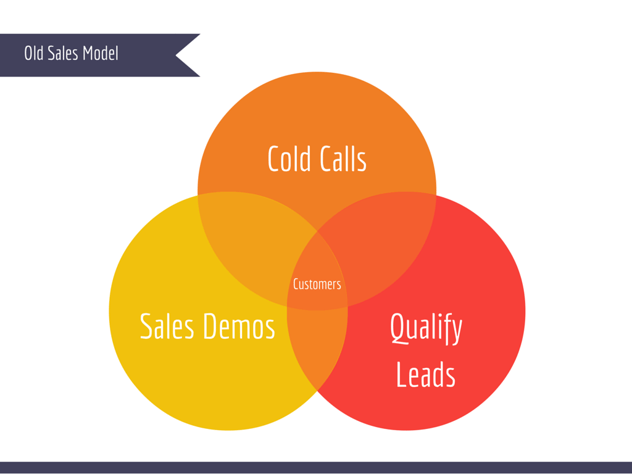
3. Understand the Digital Language of Your Leads
One of the best key qualities in a sales team is the ability to listen. Not just verbally, but digitally, too. With HubSpot, once a prospect converts to a lead on your website, you will be able to have a more productive conversation by seeing a timeline of what they did while they were on your website. Revisit notifications are also sent when a lead comes back to your website to engage in a new, warm conversation.
The more your sales team is able to match up what prospects are searching for with the content you have that addresses these items, the more you can expect to see leads revisiting your website. More returning visitors means more people you are establishing trust with and moving through your sales funnel.
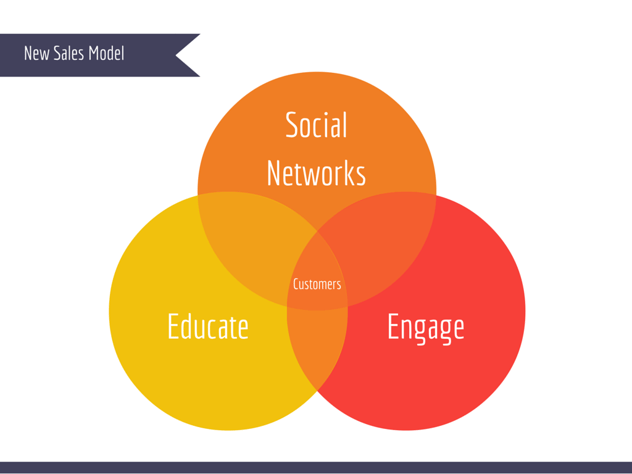
4. Use an Inbound Approach to Align Sales and Marketing
A few questions to answer before you can align sales and marketing:
- Who are your sales representatives calling on next month, or next quarter?
- Do you have resources that answer frequently asked questions by your prospects?
- When these people receive calls and visit your website, is there a clear path for them to convert?
- What is the overall user experience of your website like for the people your team is calling on? Hint: Use your analytics and data, traffic sources, bounce rates, behavior on website, etc.
A lot of the current fight between sales and marketing that businesses are experiencing is simply a misunderstanding between the two entities. Marketing feels like their resources and efforts are simply a waste, and sales feels like marketing isn’t giving them good or “ready” leads.
The culture of business in general relies heavily on instant gratification. The culture of buyers relies on ultimately choosing the best solution, no matter how long that takes. Give prospects something they can relate to when they visit your website from your outreach outbound sales efforts, and equip your sales team to “help” not “sell.”







